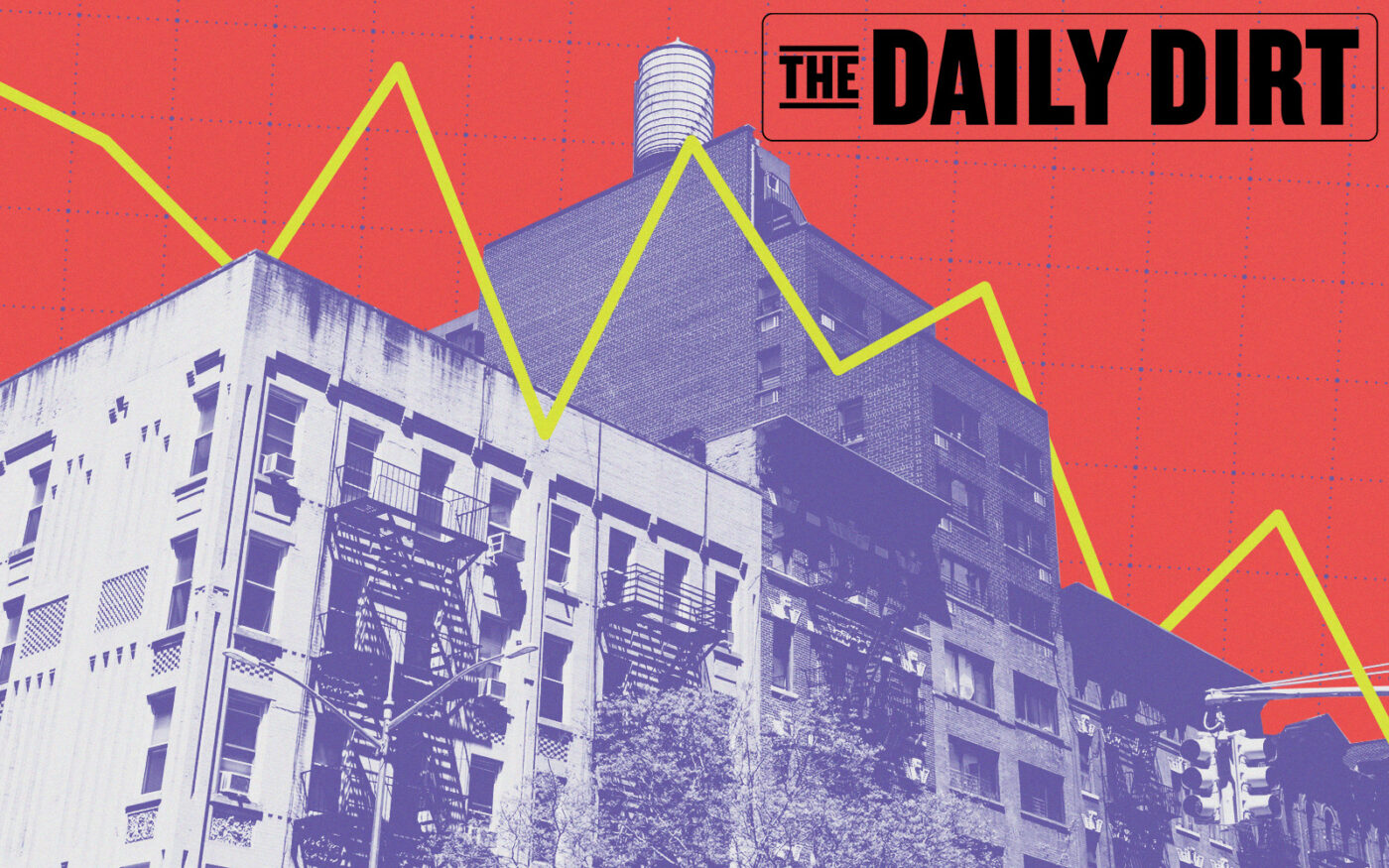The City Council is gearing up to declare a housing emergency.
This happens every three years or so. In case you missed it, the most recent New York City Housing and Vacancy Survey showed a vacancy rate of 1.4 percent. To declare a housing emergency — which is what triggers the city’s rent stabilization system— the vacancy rate must drop below 5 percent.
But just as the City Council was holding a hearing on vacancies on Wednesday, a major lender to rent stabilized housing was experiencing an emergency of another kind.
New York Community Bank seemed on the brink of collapse: The bank’s stock dropped to $1.86 per share, a 29-year low. In response to the 47 percent decrease, the New York Stock Exchange halted trading on the stock.
But institutional investors, including former Treasury Secretary Steven Mnuchin’s Liberty Strategic Capital, provided $1 billion in rescue capital, Suzannah Cavanaugh reported. The bank also named yet another CEO, tapping former Comptroller of the Currency Joseph Otting to take over for Alessandro DiNello, who became CEO just last week.
After the infusion of capital, the company’s stock bounced back.
The timing of all of this was not lost on landlord groups. Adam Roberts, policy director of the Community Housing Improvement Program, testified during Wednesday’s hearing that the bank was “facing imminent collapse” due to the plummeting value of its rent stabilized housing stock.
CHIP has criticized the methodology of the vacancy survey, saying it fails to account for tens of thousands of units that sit vacant because owners cannot afford to renovate them. (The vacancy rate does not account for units that are vacant but unavailable to rent. Other agencies rely on registrations from owners to calculate vacant units, rather than a survey).
While the city offers a program aimed at helping landlords pay for repairs, its scope is limited. Further aid will likely be up to state lawmakers.
What we’re thinking about: Is this the year that the City Council regulates rental broker fees? Send a note to kathryn@therealdeal.com.
A thing we’ve learned: We know cities are sinking, but a new study found that current scientific models may not fully capture the full vulnerabilities of 32 coastal cities in the United States, according to the New York Times. The study found that these models do not fully account for human actions that cause sinking, including extracting resources, such as groundwater and oil.
Elsewhere in New York…
— Gov. Kathy Hochul on Wednesday announced that 750 of the state’s members of the National Guard will help the NYPD check riders’ bags at the city’s busiest subway stations, Gothamist reports. “For people who are thinking about a gun or knife on the subway, at least this creates a deterrent effect,” Hochul said. The New York Civil Liberties Union called the deployment an “overreaction and overreach” that will be “used to accost and profile Black and Brown New Yorkers.”
— Hochul is also attending President Biden’s State of the Union address on Thursday, Politico New York reports. She was invited by Rep. Adriano Espaillat of Manhattan to highlight Women’s History Month.
— Federal officials arrested six people on charges that they illegally smuggled duck and goose intestines, as well as “duck blood-products,” into the city from China, the New York Times reports. The products were intended for city restaurants.
Closing Time
Residential: The priciest residential sale on Wednesday was $13.2 million for a 3,600-square-foot condominium unit at 200 Amsterdam Avenue on the Upper West Side.
Commercial: The most expensive commercial closing of the day was $68.3 million for 252-258 Third Avenue in Gramercy Park. Legion Investment Group purchased the properties.
New to the Market: The priciest residential property to hit the market on Wednesday was $14.8 million for a 5,000-square-foot townhouse at 435 Henry Street in Cobble Hill. Lindsay Barton Barrett of Douglas Elliman has the listing.
Breaking Ground: The largest new building filing of the day was a 51,530-square-foot proposed residential building at 194 Bainbridge Street in Stuyvesant Heights. Permits were filed by Z Architecture. — Matthew Elo
